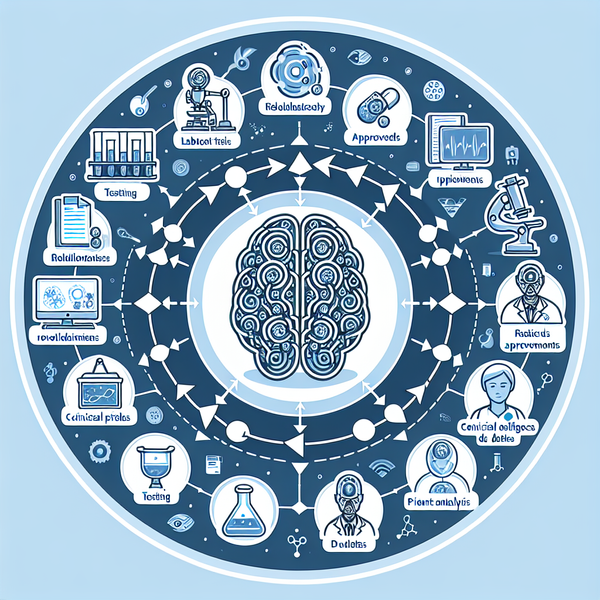Mobile Internet Growth Slows as Digital Divide Persists in Low and Middle-Income Countries

Introduction to the State of Mobile Internet Connectivity in 2024
In the ever-evolving digital landscape, mobile internet access plays a pivotal role in connecting half of the world's population. However, the growth of mobile internet accessibility is showing signs of deceleration, presenting challenges and opportunities to address an enduring digital divide. According to the latest report from the GSM Association (GSMA), a global organization representing mobile network operators, nearly 4.6 billion people were utilizing mobile internet as of 2023, reflecting a 57 percent global penetration rate. Despite these statistics, the pace of annual growth has slowed, with only 160 million new users in 2023 compared to previous years.
Challenges in Expanding Mobile Connectivity
The GSMA State of Mobile Internet Connectivity Report 2024 reveals significant barriers that impede wider mobile internet adoption. While technological infrastructure has expanded, reaching more populations, there exists a substantial portion of the population, primarily in low and middle-income countries, that remains unconnected. It has been highlighted that approximately 3.45 billion people are still not leveraging mobile internet, despite 90 percent residing in areas with network coverage.
Digital Divide: A Socioeconomic Barrier
Among those digitally excluded, societal and economic factors come to the forefront. The report identifies that individuals who are poor, reside in rural areas, possess lower educational attainment, and are predominantly female, face the highest risk of being left behind in a world reliant on digital connectivity for essential services. These services include healthcare, education, e-commerce, and financial transactions, underscoring the critical need for inclusive connectivity solutions.
Regional Connectivity Disparities
Examining the geographic disparities further, Sub-Saharan Africa emerges as a region with acute connectivity challenges. An estimated 710 million people there, despite living within network-covered areas, do not access mobile internet. In contrast, connectivity shortcomings in regions such as North America and Europe are substantially lower, where just 1 percent of the population is beyond network reach, and 19 to 24 percent have coverage but remain disconnected.
Efforts and Renewed Initiatives
The report emphasizes the need for targeted efforts to bridge the digital divide, suggesting that a majority of mobile broadband expansions in low to middle-income regions have been accomplished through upgrading existing 2G infrastructure. Yet, with many unserved communities located in remote and infrastructurally challenged locations, strategic investments and innovative solutions are necessary to foster comprehensive mobile internet accessibility.
Conclusion: The Road Ahead
In summation, while mobile internet connectivity has marked impressive progress, the slowed growth trajectory calls for intensified efforts to overcome infrastructural, economic, and social hurdles. Fostering digital inclusion is not merely a technical endeavor but a societal imperative, ensuring equal access to the digital economy's benefits for all. As the GSMA report illustrates, overcoming these challenges presents a complex but critical mission as the global community navigates forward into a more connected future.




